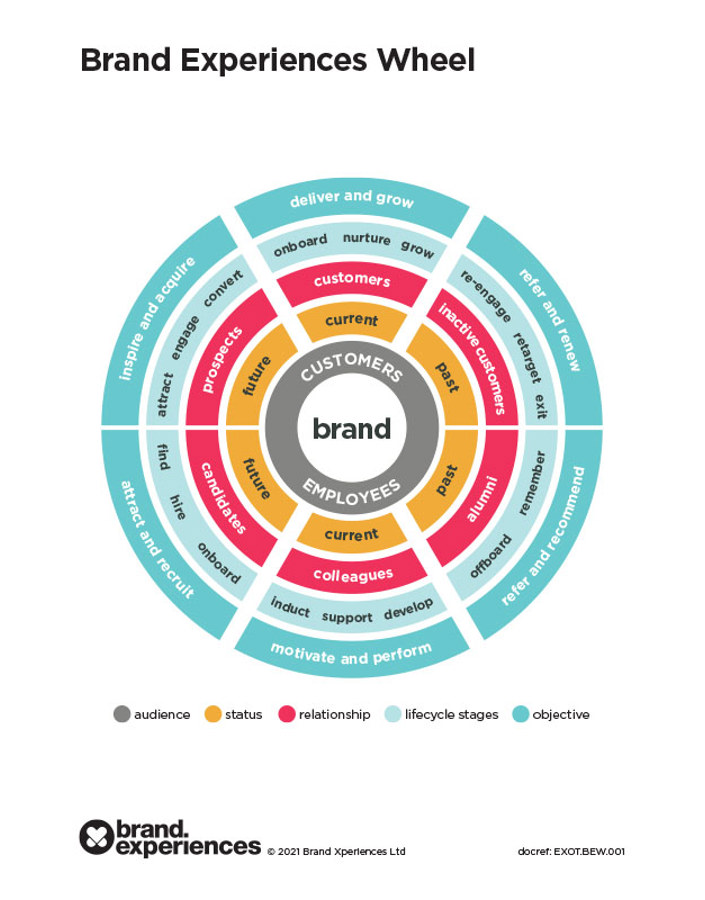The Human Energy Transition
Just like the transition from fossil fuels to renewables, the Human Energy Transition supports the switch from extrinsic to intrinsic motivation of employees.
The global shift from fossil fuels to renewable energy sources is not just a transformation of our energy systems; it's a metaphor for a profound change in how we motivate and manage employees. The "Human Energy Transition" is our mission to encourage, enable and support organisations in transitioning from the outdated 'carrot and stick' approach to a more effective and sustainable human energy source–intrinsic motivation in the workplace.
The Era of Fossil Fuels: Extrinsic Motivation
For decades, businesses have operated much like our traditional energy systems – dependent on "fossil fuels." In this analogy, fossil fuels represent extrinsic motivators: salary increments, bonuses, promotions, and other tangible rewards. Like fossil fuels, these extrinsic motivators have been the go-to sources for driving employee performance. They provide immediate, albeit short-lived, bursts of energy and motivation.
However, just as fossil fuels are finite and have adverse environmental impacts, extrinsic motivation has its limitations and negative consequences. It can lead to a workforce that is driven by short-term gains, lacks loyalty, and shows decreased productivity once the external rewards cease. Moreover, an over-reliance on extrinsic rewards can diminish intrinsic motivation – the renewable energy of the human spirit.
The Shift to Renewables: Intrinsic Motivation
Intrinsic motivation is akin to renewable energy sources like solar, wind, and hydro power. It's sustainable, emanating from within individuals, and is driven by factors such as personal growth, fulfillment, alignment with personal values, and a sense of belonging and purpose. Just as renewable energy is sustainable and less harmful to the environment, intrinsic motivation leads to sustainable productivity, employee engagement and well-being and helps to develop a positive organisational culture.
The transition to intrinsic motivation involves recognising that employees are not just resources but are individuals with unique aspirations, values, and abilities. In this paradigm, motivation comes from empowering employees, providing them with autonomy, mastery, and purpose, akin to how renewable energy harnesses natural, sustainable sources.
Implementing The Human Energy Transition
It easier than you think, it involves 3 key steps: Empathise; Energise; Optimise.
Empathise: Before we can turn on an employees intrinsic motivation, we need to understand what those intrinsic motivators are. There are 9 motivators that affect our careers covering relationships, achievement and growth at work. Which of the 9 motivators are most important will vary from employee to employee depending on their situation and circumstances. Our employee motivation platform, mojo, ranks all 9 motivators in order of importance providing a personalised priority list for every employee as well as, crucially, how well these motivators are currently being satisfied.
Energise: Now we know what each employee needs to be happy and productive at work, we can focus on increasing their motivation. There is a direct correlation between the levels of motivation and output in terms of productivity and quality, so the benefits are potentially huge. We have also seen similar improvements in both wellbeing and resilience of employees and, as intrinsic motivation is sustainable, we can create a virtuous cycle of more motivated employees who drive better business performance. Eventually your employees become unstoppable!
Optimise: The final phase of the Human Energy Transition is all about continuous improvement. This involves regular (we recommend quarterly) check-ins on each employees motivation, this is crucial as motivations can change based on changing circumstances, as well as an action plan for incremental improvements. It is no surprise that more motivated employees suffer less burnout and are more open to innovation, so as well as boosting energy, we can now focus on organisational change and transformation with the support and participation of a willing workforce.
The Road Ahead
The Human Energy Transition is not without challenges. It requires a fundamental rethinking of how we view work, and how we value and motivate our people. Just as the world grapples with the complexities of transitioning to renewable energy, organisations must navigate the complexities of shifting from a reliance on extrinsic rewards to fostering a culture that supports intrinsic motivation. The good news for businesses is that we are here to help with proven tools and methodologies as well as an unwavering commitment to making the Human Energy Transition a reality.
Start your transition to sustainable growth today...

Mojo is our online employee motivation platform that drives productivity, wellbeing and resilience
- Improved employee motivation, wellbeing and resilience
- Sustainable productivity growth
- Talent attraction & retention
- Better customer service
- The Human Energy Transition
(from Extrinsic to Intrinsic motivation)
Related insights
Related services

We love mojo, the results have been transformational, allowing leaders and managers to effectively understand the bespoke motivational and engagement needs of our team in an incredibly diverse world-beating global operation.
Mojo provides in depth insights, measurement and data allowing precise tracking of our team’s employee experience within Etihad Aviation Group.








